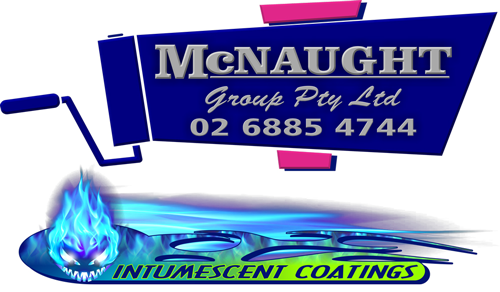

Anti-graffiti coatings
An anti-graffiti coating is a coating that prevents graffiti paint from bonding to surfaces.
Cleaning graffiti off buildings costs billions of dollars annually. Many cities have started anti-graffiti programs but vandalism is still a problem.
Companies across the globe are attempting to develop coatings to prevent vandals from defacing public and private property.
The coatings being developed can be the paint itself, or a clear coat added on top of existing paint or building facades.
Depending on the substrate and the severity of graffiti, different coatings give different benefits and disadvantages
Types of anti-graffiti coatings
Semi sacrificial coatings
A semi sacrificial coating known as a safety shield acts as a penetrating sealer on the wall or surface protecting the surface pores.
If the surface is vandalised the coating can be particularly removed using a combination of graffiti removal solvent and high-pressure washer. The anti graffiti safety shield is generally reapplied every second attack. While it is possible to use only pressure to remove coating, this will cause additional surface erosion.
Sacrificial coatings
A sacrificial coating forms a clear coat barrier over the wall or surface being protected.
If the surface is vandalised the coating can be removed (sacrificed) using a high-pressure washer taking the graffiti with it. The coating then must be reapplied. The materials used to make a sacrificial coating are usually inexpensive optically clear polymers such as acrylates, biopolymers, and waxes. These polymers form weak bonds with the substrate to allow for easy removal.
Silicon based coatings
Silicon based coatings are hydrophobic, which means the surface repels water. This reduces the effects of photo-oxidation of surfaces.
One of the newer additions to this ever growing market are nanoparticle based coatings. Silica particles are formed using the sol-gel method. The resulting silica particles have both reactive (Si-OH) and nonreactive (Si=O) groups on the surface. The reactive groups provide locations for further chemical processing, which allow you to change the surface properties of the nanoparticles. For anti-graffiti coatings, hydrophobic and oleophobic (oil-fearing) ligands are grafted onto the silica nanoparticles. Hydrophobic ligands are non-polar molecules such as hydrocarbon chains. Oleophobic ligands consist of polar molecules. Normally these two different types of molecules would phase separate in solution, for the same reason that water and oil do not mix. By chemically grafting the ligands onto the silica particles, this effect is counteracted. The effect is a coating that shows an equal dislike for both water-based and oil-based paints.
Permanent coatings
Permanent coatings are often more expensive than sacrificial coatings, but if used appropriately only have to be applied once.
These work by creating a protective surface that spray paint cannot bond to. After the surface has been vandalized, often all that is needed to remove the paint is a simple solvent (toluene) and some manual labour. The underlying surface and the protective coating will remain undamaged.
Some of the types of permanent coatings include those based on polyurethanes, nano-particles, fluorinated hydrocarbons, or siloxanes. Polyurethane coatings are useful because of their barrier properties. High chain stiffness and high crosslinking density reduces the ability of the polymer to swell and absorb graffiti paint. Fluorinated coatings are some of the most effective in the field of graffiti prevention. Fluorine is the most electronegative element, meaning that it shows very little affinity for the electrons of other elements. When fluorine is attached to a surface it will decrease surface energy at the interface, minimizing the contact with the graffiti paint. For the same reason that a Teflon-coated pan repels both water and oil, a fluorinated coating will repel water and oil-based paints. These coatings also have the added benefit of being chemically inert as well as very durable. Unfortunately, they are also expensive and can be difficult to apply.

